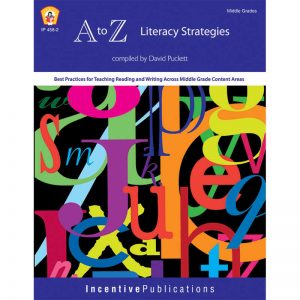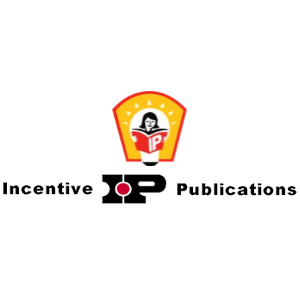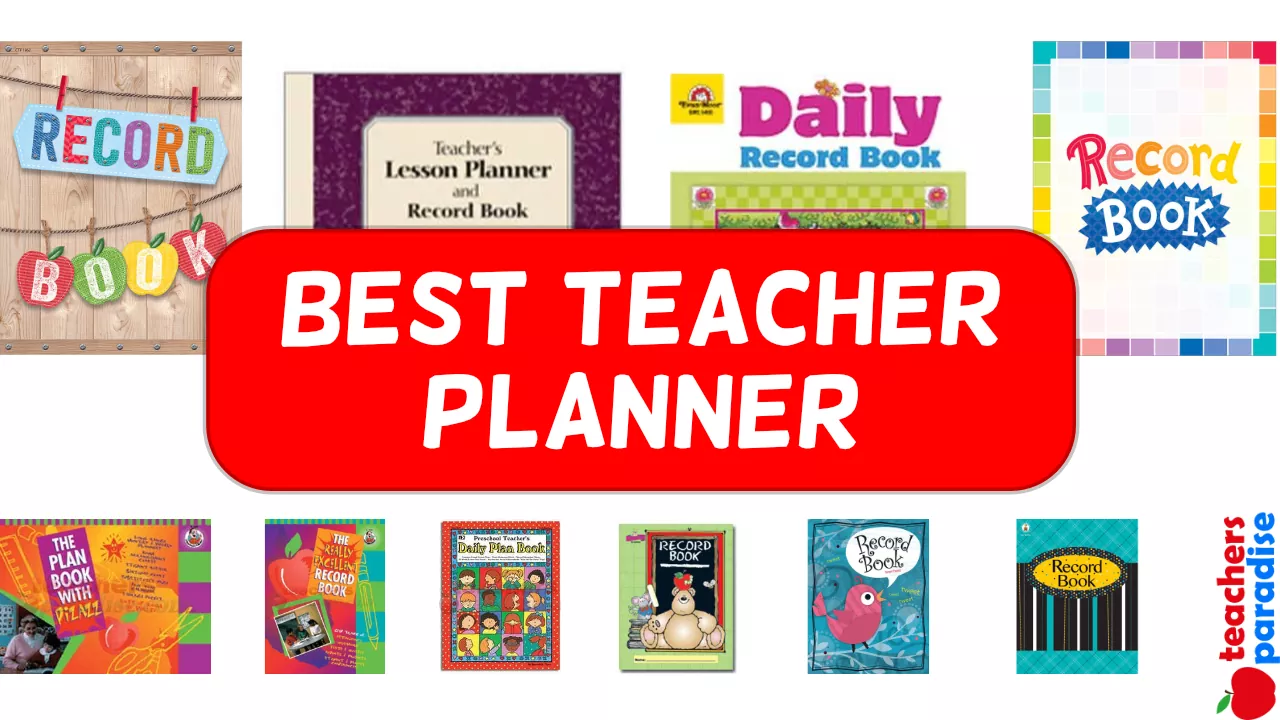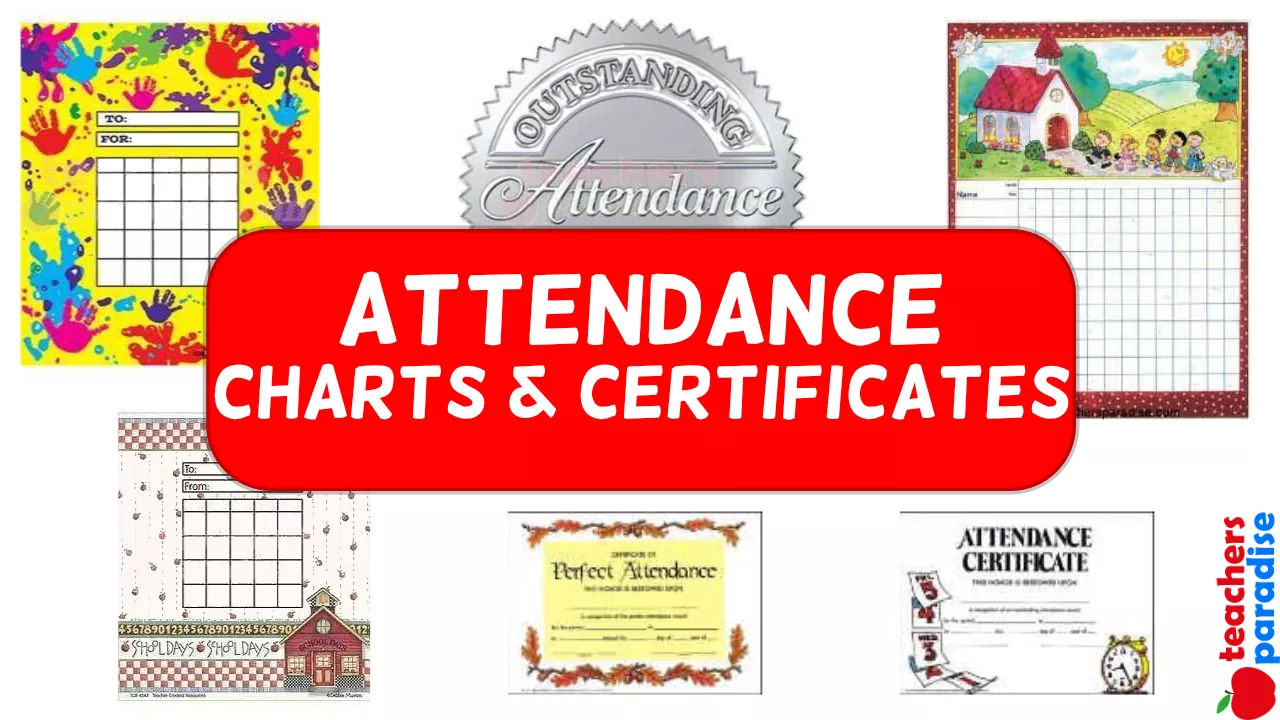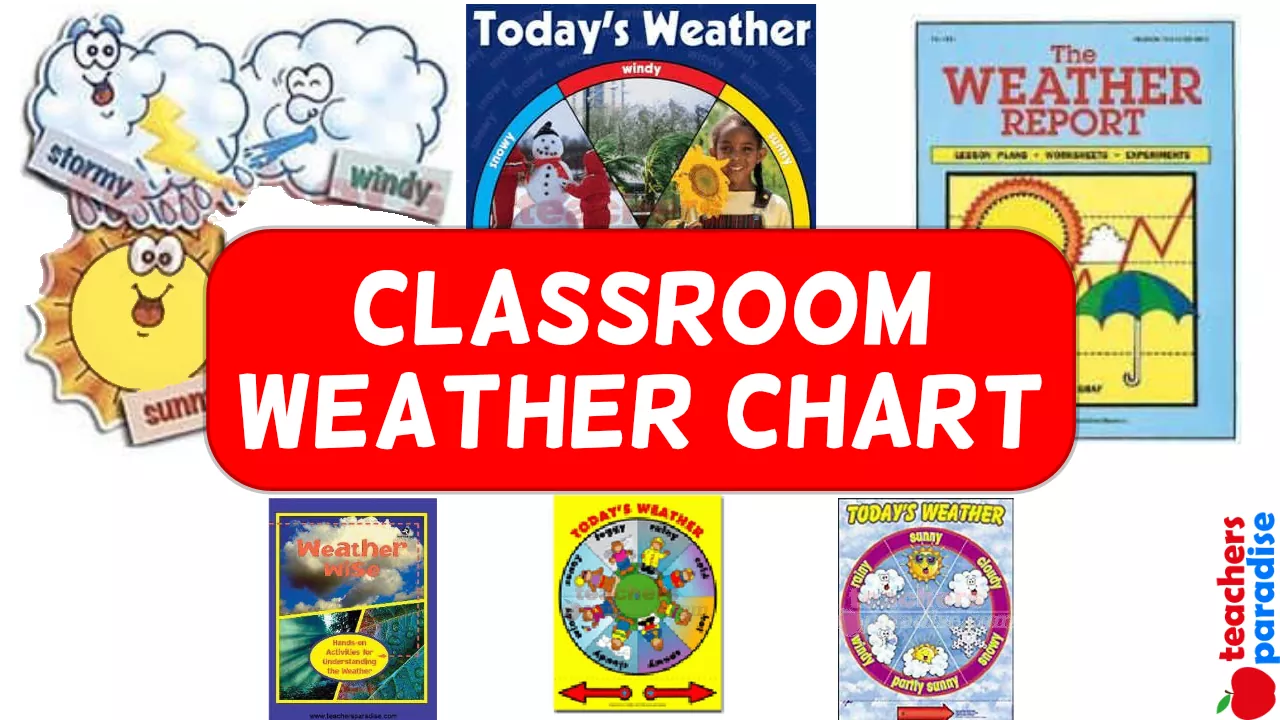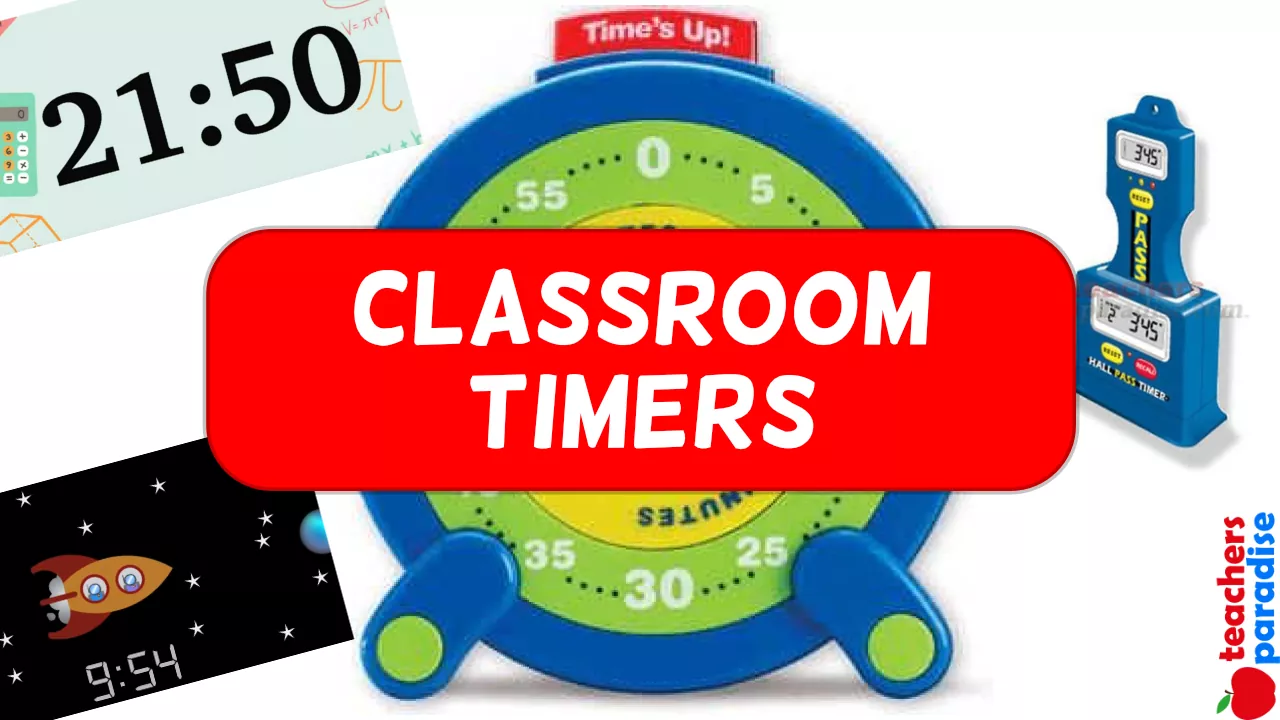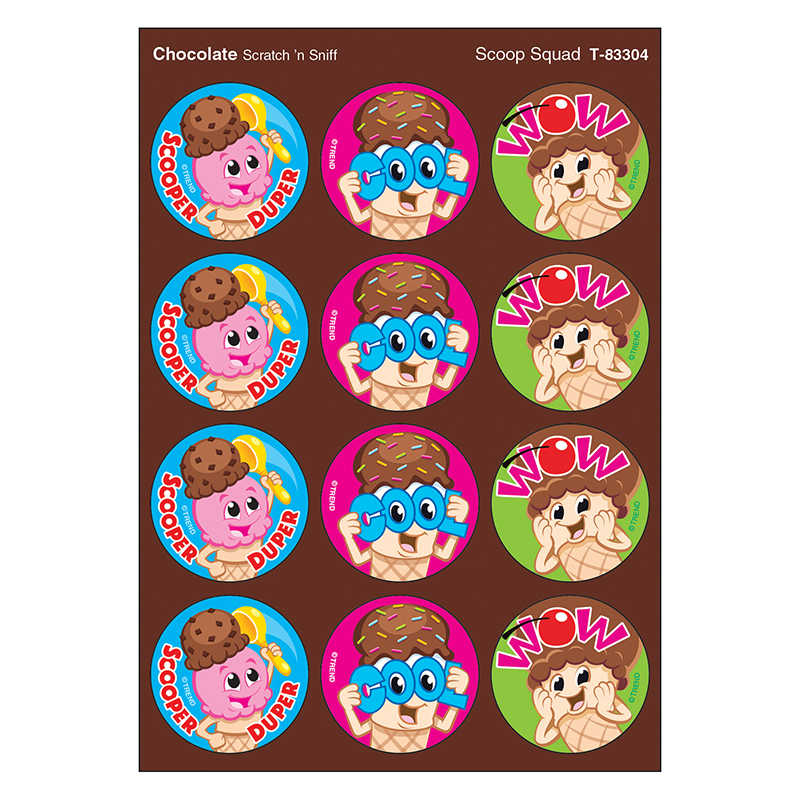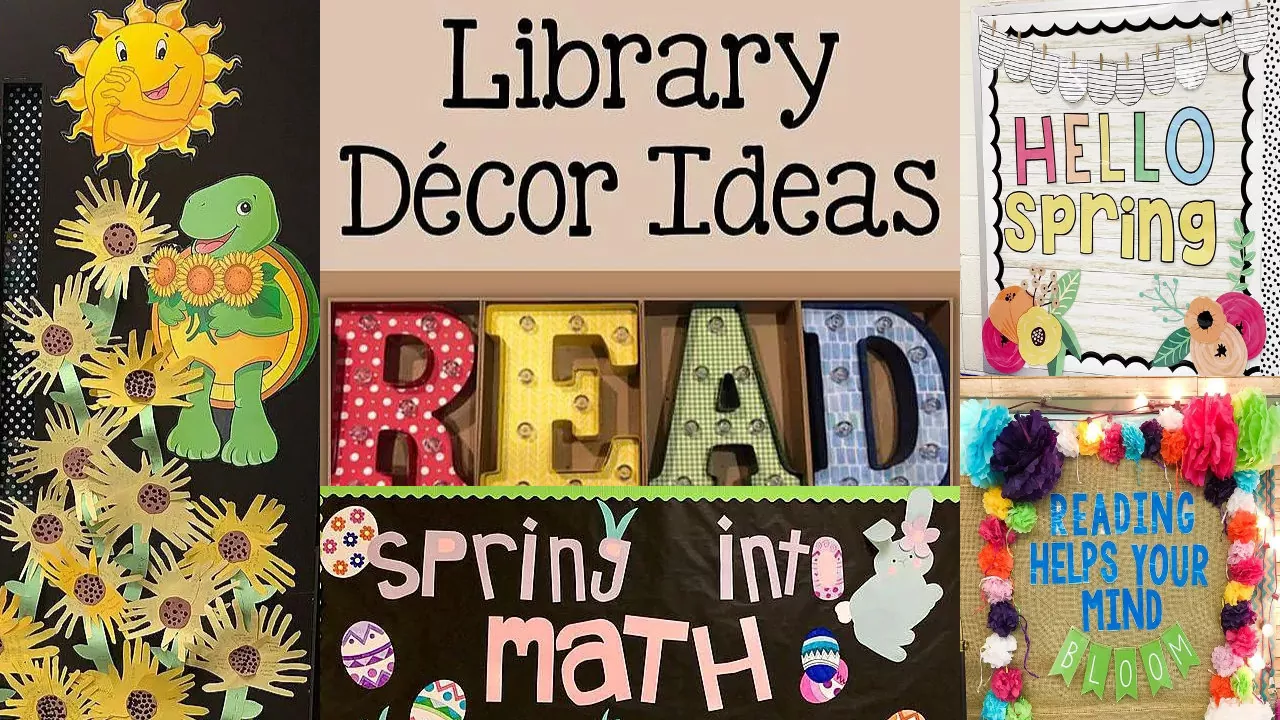READING PROGRAMS Teacher Resource
CHAPTER 1
Reading Is a Process
Reading is a process, not a subject. It is the process by which written language is understood; the process by which the other subjects are learned. To consider it a simplistic task is to limit the scope of what teachers and students must do to ensure true learning, thinking, and comprehension.
Teachers must teach reading as a process to equip students with the skills, methods and strategies necessary to make sense out of what is read. The ultimate goal of reading is to comprehend at the highest thinking levels by strategically applying and adapting skills to what is read.
WORKSHEET & Sample PDF Activity
Sample PDF Activity
Without a firm grip on the skills and strategies of the reading process, students are lost in a sea of information. Today, millions of Americans teeter on the brink of functional illiteracy without the tools necessary to handle basic reading requirements. Filling out job applications, reading menus or maps, weeding out extraneous information, comprehending the fine print, making inferences and drawing conclusions are essential to comprehend and use the daily bombardment of information.
As the age of information continues to explode in media, print, and cyberspace, those without a full grasp of the process are left further and further behind. Those without access to the strategic processes involved in reading comprehension—applying knowledge, analyzing situations, and synthesizing ideas—are lost. Reading is the process that facilitates thought. It is the key that unlocks the door to the world.
Our charge as educators is to ensure a society where citizens have the reading skills available to do more than survive daily pressures. It takes more than survival skills to master reading.
TABLE OF CONTENTS
SECTION ONE: Reading Is A Process
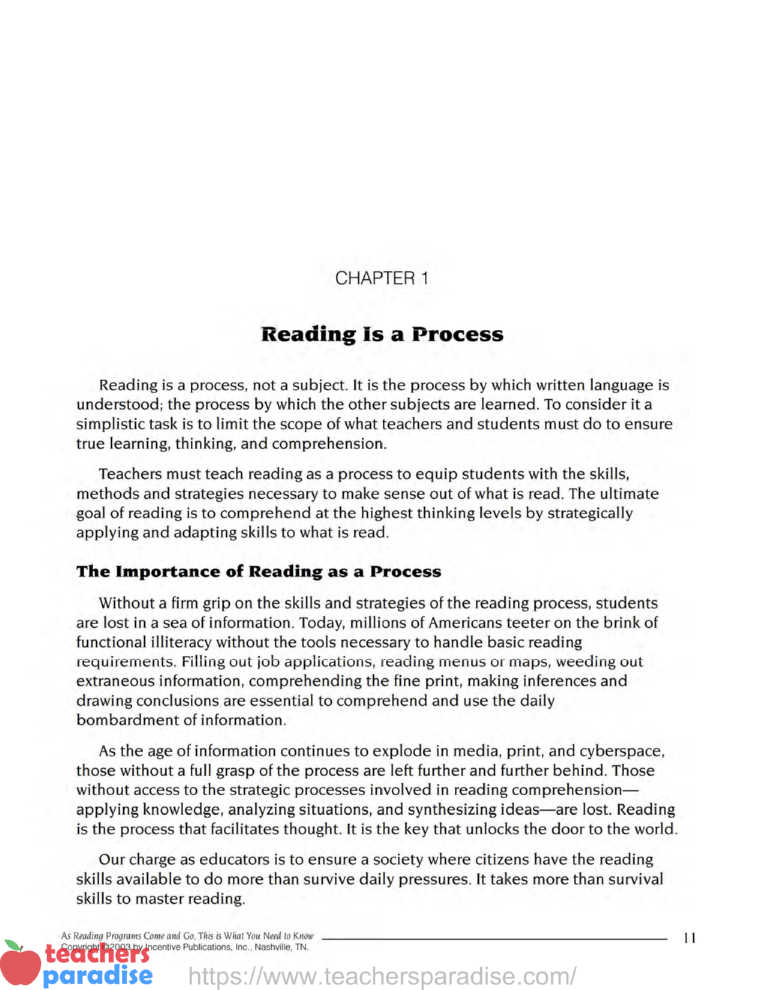
Chapter One: Reading Is A Process
The Importance of Reading as a Process
The Reading Process Fuels the Thinking Process
Reading Programs Come and Go
The Seesaw Effect of Changing Reading Programs
The Basics of Teaching the Reading Process
Alphabetic Principle and Phonemic Awareness
The Basics of a Great Reading Program
Chapter Two: How Children Learn to Read
The Language Acquisition Process
What We Know About How Children Learn
Making Connections: Connect Personal Experiences to Learning
Short-Term and Long-Term Memory
The Importance of Art in Education
The Importance of Practicing What Is Learned
What Teachers and Parents Can Do
SECTION TWO: Classroom Environment and Schedule
Chapter Three: Translating the Reading Process into Classroom Practice
Students Are Surrounded With Print
Areas Are Designated for Specific Activities
Teacher Reads Aloud Daily
Students Read Silently Every Day
Students Read in Other Situations
Small Group Instruction and Flexible Grouping
Weekly Schedule
Chapter Four: Presenting Quality Reading Instruction
Learning to Read = Deciphering a Code
Using Three Reading Groups for Reading Instruction
Reading Lesson Design
Making Connections
Mapping
Predicting Outcomes
Chaining
Story Frames
Importance of Good Lesson Design Across the Curriculum
Ways to “Read” in Reading Groups
Evaluation Decoding Skills, Fluency, and Comprehension
Chapter Five: Teaching Comprehension Skills and Strategies
Skills and Strategies
Phonics Skills and Decoding Strategies
Comprehension
Teaching Comprehension Strategies
Predictable Books
Chapter Six: Effective Use of Seatwork & Practice Activities
Paperless R2R Activities
Boardwork
Choosing Quality Worksheets
Hands-On Activities/Centers
Research Projects
Chapter Seven: Integrating Instruction
Making Planning Manageable
Begin with Literature and Related Activities
Appropriate Integrated Units
Chapter Eight: Assessment and Evaluation
R2R Activities
Response Cards
Hand Signals
Informal Assessment
Boardwork
Portfolios
Process Assessments
Standardized Testing
Enhanced Multiple Choice
SECTION THREE: Putting Everything Together and Reaching Out
Chapter Nine: Lesson Plans of Reading and Writing Skills and Strategies
Grades K-1
Grades 2-3
Grades 4-6
Chapter Ten: Encouraging Parent and Community Involvement
Attributes of a Model Classroom
Attributes of a Model School
Attributes of a Model Household
Parent Involvement
Attributes of Model Community Involvement

